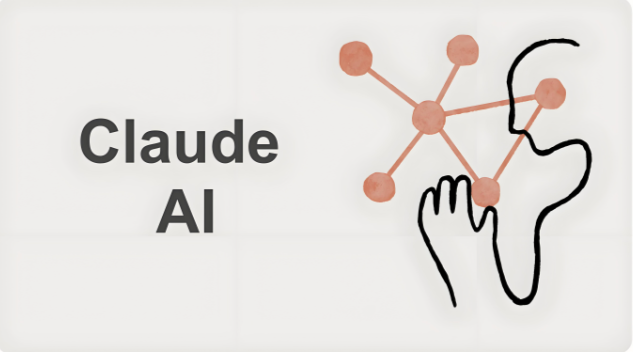The EU AI Act is the world's first comprehensive law targeting artificial intelligence, especially focusing on high-risk AI regulation. It is not just about stopping rogue robots; it is about protecting people from biased or dangerous AI decisions, especially in sensitive areas like healthcare, hiring, and law enforcement.
So, why all the fuss? If your AI system is considered “high-risk”, you will need to jump through a lot more hoops — think stricter documentation, transparency, and ongoing monitoring. The Act also cracks down on biometric systems (like facial recognition) to prevent misuse and ensure privacy.
Under the EU AI Act high-risk AI regulation, “high-risk” covers a broad range of use cases, including:
Biometric identification and categorisation (like face or voice recognition)
Critical infrastructure management (energy, water, transport)
Education and vocational training (grading, admissions)
Employment and worker management (hiring algorithms, monitoring tools)
Access to essential services (credit scoring, social benefits)
If your tool fits into any of these, buckle up — you are in the high-risk zone!

First, audit your systems. Does your AI impact people's rights, safety, or access to critical services? If yes, you are likely under the high-risk umbrella. This step is not just legal box-ticking; it is about mapping every AI use case in your stack and understanding its real-world impact.
High-risk AI systems require top-tier data management. That means tracing your data sources, ensuring data quality, and eliminating bias. Set up clear processes for data collection, cleaning, and storage. Regularly audit your datasets for fairness and accuracy. Remember, poor data = poor AI decisions = big legal trouble.
Transparency is not just a buzzword — it is the law now. You will need to document how your AI works, what data it uses, and how it makes decisions. Create user-friendly documentation and interfaces so users (and regulators) can easily understand your system's logic.
You cannot just launch and forget. The EU AI Act demands continuous monitoring of your AI for new risks and unintended consequences. Set up automated alerts, regular audits, and a feedback loop for users to report issues. This is your safety net against evolving threats and compliance headaches.
No matter how advanced your AI, human oversight is non-negotiable. Design your workflows so real people can intervene, override, or review AI decisions — especially in life-changing scenarios like healthcare or law enforcement. Train your team to spot red flags and act fast.
Biometric systems — think facial recognition, fingerprint scanning, and voice analysis — are getting extra attention under the EU AI Act high-risk AI regulation. The law bans some uses outright (like real-time public facial recognition, except in extreme cases), while others face heavy restrictions. The goal? Prevent mass surveillance, identity theft, and discrimination.
If you are working with biometrics, expect to prove your system is secure, unbiased, and respectful of privacy. You will need to get explicit consent, keep detailed logs, and offer clear opt-out options for users.
Whether you are a startup founder, an enterprise CTO, or just a tech fan, the EU AI Act high-risk AI regulation is set to reshape the AI landscape. Expect more paperwork, but also better trust and safety for users. The law is likely to set a global standard, so even if you are outside the EU, it is smart to get ahead of the curve.
The EU AI Act high-risk AI regulation is not just about compliance — it is about building AI that is trustworthy, transparent, and truly beneficial. By following these steps, you can stay on the right side of the law and lead the way in ethical AI innovation. Stay tuned, stay compliant, and let us build a smarter future together!